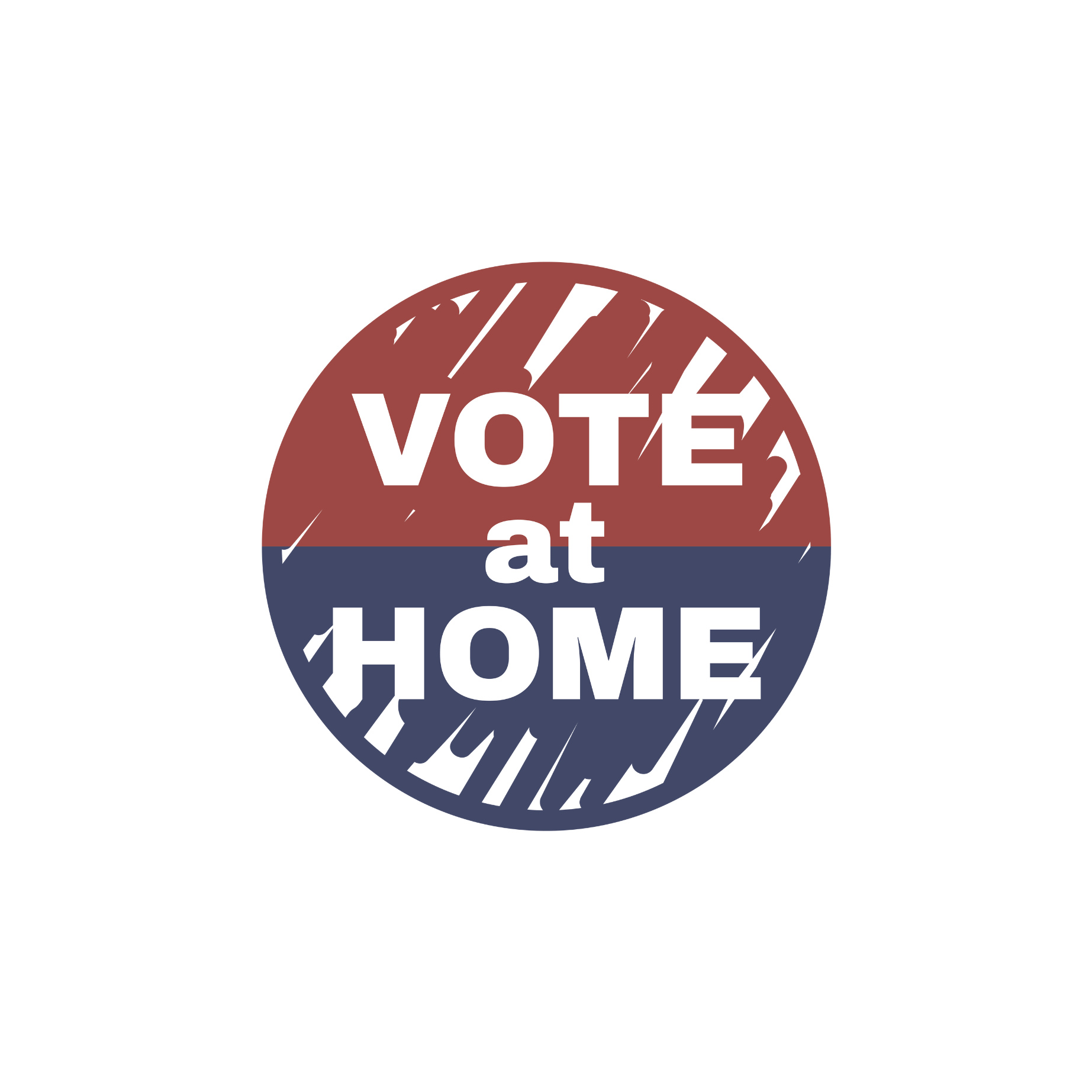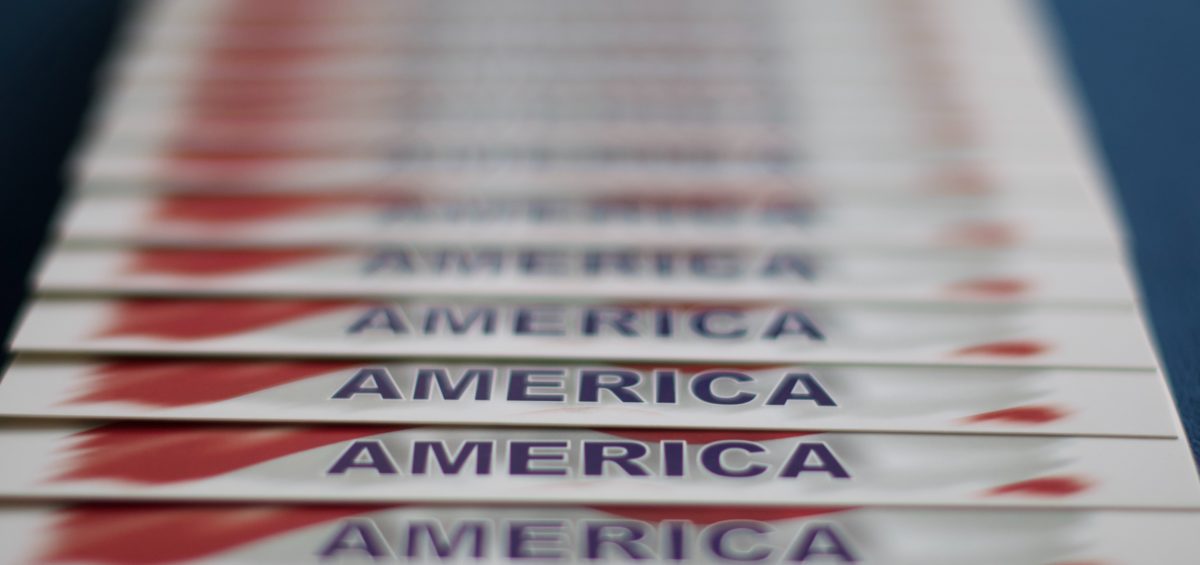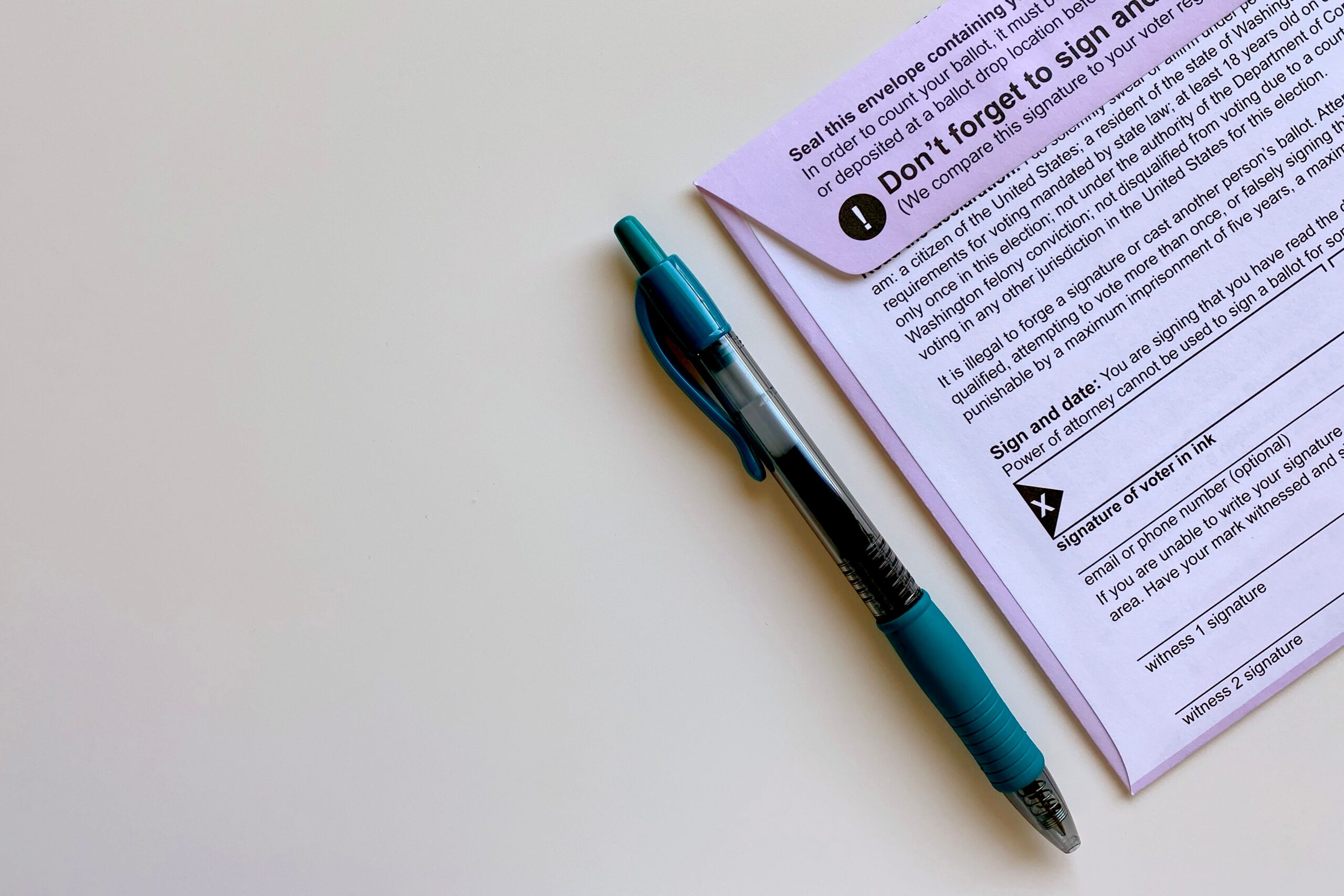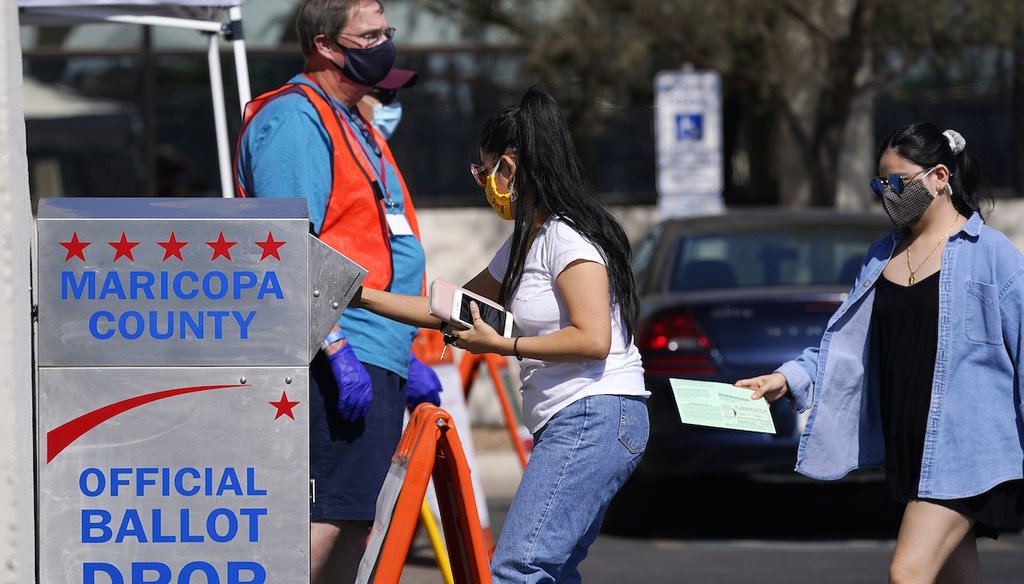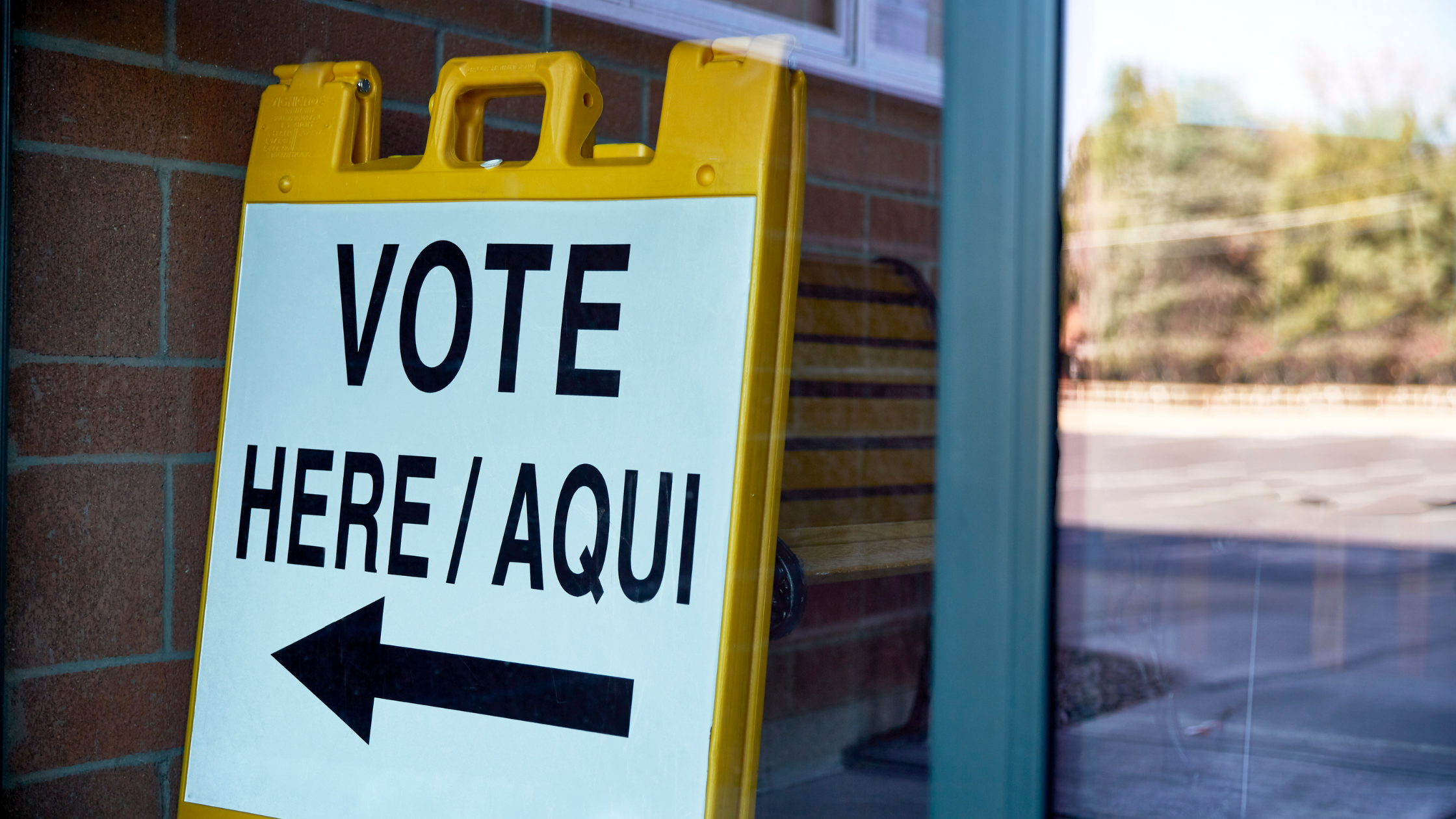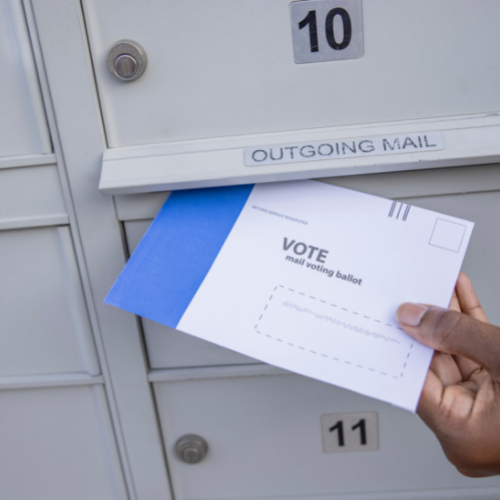The National Vote at Home Institute has released a statement emphasizing the need to pass federal, pro-voter policies in the form of the “For The People Act”—or S1—after false claims and disinformation was sown in today’s Senate Rules Committee hearing about the content and effects of the bill. “Today, in the Senate Rules Committee hearing […]
Continue readingNational Vote At Home Institute Denounces the President’s Continued Attacks on Democracy and Affirms Their Mission to Protect American Elections
The American people have continued to exercise their right to vote despite ongoing disinformation campaigns to overturn a free and fair election. As President Trump continues his public calls to undermine our constitution, democracy, and election systems, the National Vote At Home Institute released the following statement: “The President’s false claims continue to undermine the […]
Continue readingDoes Voting by Mail Increase Fraud? Estimating the Change in Reported Voter Fraud When States Switch to Elections By Mail
Count Every Vote: Candidates Must Wait to Declare Victory Until All Results are Counted and Certified
As Election Day closed, President Trump incorrectly declared himself the winner of the 2020 presidential election early Wednesday morning. Despite the announcement, there is no evidence to support his claim. Election officials are still hard at work processing and tabulating millions of ballots, and every single vote will be counted in accordance with applicable state […]
Continue readingVoters Decide, Not Arbitrary Timelines
Earlier today, the President displayed his lack of constitutional and election administration knowledge by, yet again spreading misinformation about the counting of ballots and the timeline of a presidential election. His remarks do nothing more than sow doubt in our strong elections system and confuse voters on what they should expect November 3 and beyond. […]
Continue reading
